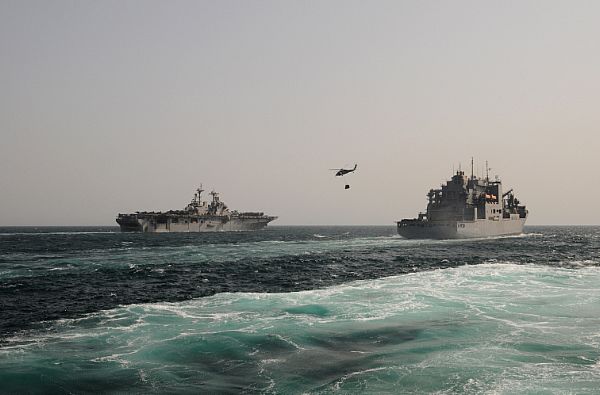
Welcome to MSW’s Scuttlebutt! Here’s the news for the day.

Feature - U-96 Type VII-C U-boot
MSW Crew member Joe Passaseo shares with us with his his build of the U-96 Type VII-C U-boot.

Juliet Marine Systems, Inc. Announces the First Super-Cavitating Ship, GHOST
Source: Juliet Marine Systems
PORTSMOUTH, N.H. --- Juliet Marine Systems, Inc. (JMS) announced today that the US Navy/USPTO have removed Secrecy Orders previously applied to GHOST. For the first time, Juliet Marine is able to release photographs of GHOST, the first super-cavitating craft, to the public. GHOST was designed and built by US citizens for the US Navy at no cost to the government to protect US sailors, servicemen and servicewomen.

Development of the first-ever, super-cavitating craft, in many ways, is as difficult as breaking the sound barrier. GHOST is a combination aircraft/boat that has been designed to fly through an artificial underwater gaseous environment that creates 900 times less hull friction than water. GHOST technology adapts to manned or unmanned, surface or submerged applications.
Any Navy possessing GHOST technology could operate in international waters undetected and would have an overwhelming advantage against conventional ships. GHOST is specifically designed for Fleet Force Protection at its present size. GHOST technology is scalable and JMS is currently discussing a plan to build a larger corvette-sized vessel (150 feet) by partnering with a large international defense company.
The US Navy could reduce its naval footprint and financial exposure by deploying a squadron of GHOSTs from Bahrain, which would free up larger assets, such as destroyers and cruisers, saving costs in manpower and maintenance. GHOST is ideal for piracy patrols and could be sea-based to provide protection from pirate attacks that cost our government an estimated $1.5 billion each year. The world-wide shipping industry could be provided with substantial fuel savings using JMS hull friction reduction super-cavitation.
A squadron of GHOSTs would not be detectable to enemy ship radar and sensors. GHOST can carry thousands of pounds of weapons, including Mark 48 torpedoes, and would be virtually unstoppable. The GHOST platform and technology could reduce the need for LCS completely with the capability to travel long distances and conduct the same missions. GHOST could make LCS a defensible platform for combat - LCS is not currently rated for combat. Today, Iran has the capabilities to stop the US Navy from operating in the Straits of Hormuz, a critical passage for most of the oil our country uses.
The Navy compares GHOST to an attack helicopter with regard to its capabilities for force protection. GHOST can deliver forces to any beach location quickly and quietly with enough weapons to conduct a hot extraction. GHOST is designed to provide military game-changing advantages for the USA.

Battle off Horaniu
Today is the anniversary of the Battle off Horaniu.

USS High Point (PCH 1)
Today’s website is USS High Point (PCH 1). Enjoy.
This Day in U.S. Naval History
1812 - Frigate President captures British schooner L'Adeline in North Atlantic.
1942 - Submarines USS Nautilus (SS 168) and USS Argonaut (SS 166) land 222 Marines on Makin Island, first amphibious attack made from submarines.
1959 - Adm. Arleigh Burke re-appointed as Chief of Naval Operations (CNO) for third two-year term, serving longest term as CNO.
1962 - Navy's first hydrofoil patrol craft, USS High Point (PCH 1) launched at Seattle, Wash.
Diorama Idea of the Day

An SH-60 Sea Hawk helicopter transfers pallets of stores from the USNS Wally Schirra (T-AKE
 to the USS Boxer (LHD 4). To see the original high resolution photo, click here.
to the USS Boxer (LHD 4). To see the original high resolution photo, click here.Gator











